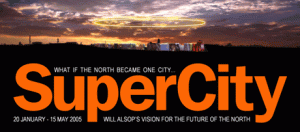

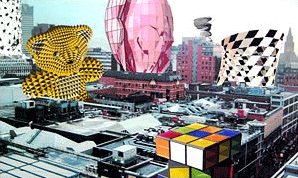
'Imagine a future in which the vast M62 corridor is a singular entity, a huge coast to coast 'SuperCity', 80 miles long and 15 miles wide. Here city limits are blurred, its inhabitants live in Liverpool, shop in Leeds and go clubbing in Manchester. Using the latest forms of advanced transportation, SuperCity residents could wake up by the Mersey and commute to an office overlooking the Humber. Air travel from a central hub puts the world on our doorstep. What impact will this have on the traditional definition of a city and the people who work, rest and play in this radical new landscape?'
Back in 2005, Alsop produced an exhibition at urbis that proposed a 'supercity' that united Doncaster, Bradford, Manchester and Leeds. The key issue that Alsop saw was that to some extent people were using these cities like it was one city. The trouble was however, that people were getting into their cars, and driving along the M62 motorway because these different cities offered different necessities. "Bradford for an Indian meal, Manchester for a bit of a thrash about, Leeds for shopping." It was an exhibition that received mixed responses, the most common was perhaps, 'I think it's an idea that might work, but the buildings that Alsop designed... not so much'. More to the point however, Auckland's city council has accepted the conception of 'supercity' at a level of governance. What the city is lacking however, is a vision for it's built environment. Moreover, what strikes me are the similarities in the urban problems that this 'North' faces, and Auckland's city faces. Come on then! Who's gonna dish it out?
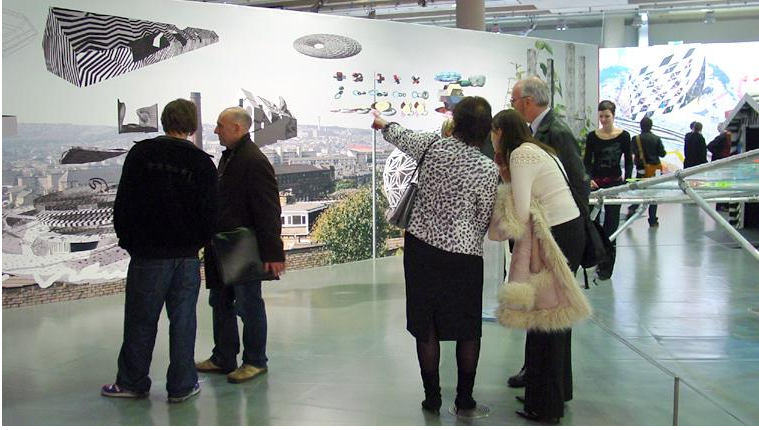
For Alsop, supercity means a new model of urbanism, or in his terms, a strategy for dealing with post-suburbia. Central to the scheme is an attempt to build a strategy for future growth that will "avoid sprawl and... make the places that you build have identity and uniqueness." In other words, Alsop's scheme investigates ways in which to increase the density of a city.
The strategy that Alsop adopts in this scheme is to "put new settlements spread along the M62 within a landscape and trying not to destroy the landscape that's there." These 'new settlements' are estimated to house 2000-5000 people and each would have a distinctive town center, and not only are these settlements connected by the M62 Motorway, the scheme also proposes to ban all private cars from the M62 and for it to be replaced by a bus system.
Another key feature in this scheme is to place a 'string of service stations' along the M62 that people would actually want to go to. Alsop describes the new M62 as a "...place that you could go to with a good park and ride, where you could meet a friend, have a haircut perhaps, do a variety of different things" and that one would simply "get on a bus which would go up and down the M62" in order to satisfy these needs.
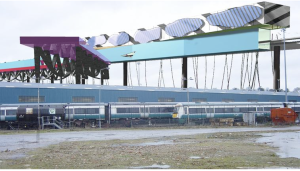
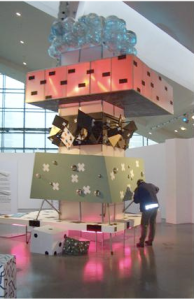
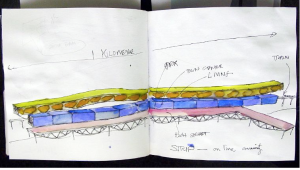
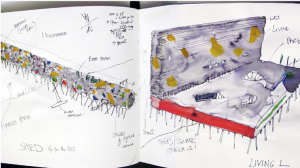
No comments:
Post a Comment